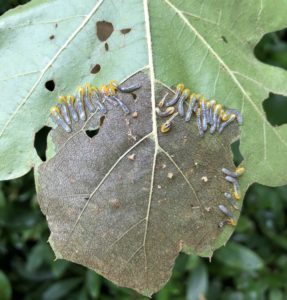
Sawflies Feeding on Oaks
Oaks have hundreds of herbivores so it is no wonder that towards the end of summer some of the …



El inglés es el idioma de control de esta página. En la medida en que haya algún conflicto entre la traducción al inglés y la traducción, el inglés prevalece.
Al hacer clic en el enlace de traducción se activa un servicio de traducción gratuito para convertir la página al español. Al igual que con cualquier traducción por Internet, la conversión no es sensible al contexto y puede que no traduzca el texto en su significado original. NC State Extension no garantiza la exactitud del texto traducido. Por favor, tenga en cuenta que algunas aplicaciones y/o servicios pueden no funcionar como se espera cuando se traducen.
Inglês é o idioma de controle desta página. Na medida que haja algum conflito entre o texto original em Inglês e a tradução, o Inglês prevalece.
Ao clicar no link de tradução, um serviço gratuito de tradução será ativado para converter a página para o Português. Como em qualquer tradução pela internet, a conversão não é sensivel ao contexto e pode não ocorrer a tradução para o significado orginal. O serviço de Extensão da Carolina do Norte (NC State Extension) não garante a exatidão do texto traduzido. Por favor, observe que algumas funções ou serviços podem não funcionar como esperado após a tradução.
English is the controlling language of this page. To the extent there is any conflict between the English text and the translation, English controls.
Clicking on the translation link activates a free translation service to convert the page to Spanish. As with any Internet translation, the conversion is not context-sensitive and may not translate the text to its original meaning. NC State Extension does not guarantee the accuracy of the translated text. Please note that some applications and/or services may not function as expected when translated.
Collapse ▲
Oaks have hundreds of herbivores so it is no wonder that towards the end of summer some of the …
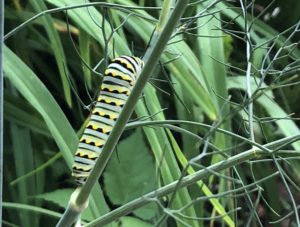
If you like to garden you probably like butterflies. You probably also grow some herbs like fennel, dill, or …
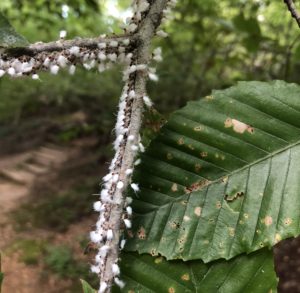
You might notice twigs on beech trees covered in a woolly sleeve. Get closer and it will begin to …

Oak lace bugs (Corythucha arcuata), like other lace bugs, cause stippling on leaves. Oak lace bugs, of course, feed …

Fall webworms, one of our native insect pests, are a perennial nuisance and in some cases a destructive pest. …

Orange striped oakworms started hatching in Raleigh this week. They have one generation per year. Adults emerge in mid …
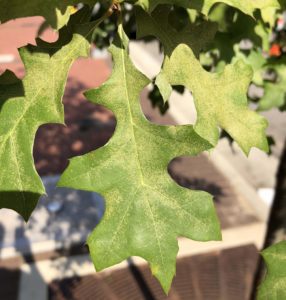
Most tree species are fed upon by spider mites and many even have their own species. These include maple …

Last week, NCDHHS announced the first death in 2018 due to West Nile virus (WNV). Although details were sparse …
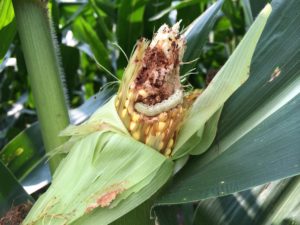
Earworm populations (known as bollworm in cotton) were relatively low in our system from 2011 to 2016. Arguably, at …

This week I have noticed damage on many pin oaks (Quercus falcata) by oak spider mites (Oligonychus bicolor). Oak …

Honey Bees – When summer weather turns hot and dry, honey bees (and other insects) will frequently seek out any …

The intense rainfall, flooding and mudslide damage in western North Carolina and other areas of the state have created …
The kind folks at Extension IT have created an index from which you can easily find and access all …
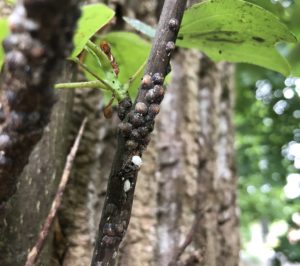
Tulip tree scales and other soft scales are maturing and producing a lot of honeydew. This makes people notice …

Cottony maple leaf scale, Pulvinaria acericola, is one of several ‘cottony’ scales in the genus Pulvinaria. Cottony camellia scale …
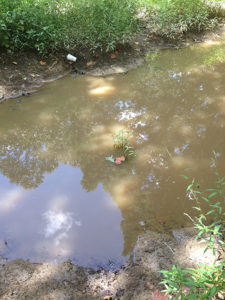
Recent heavy rains and flooding across many areas of the state will create many breeding areas for mosquitoes. While …
By Danny Lauderdale. I still trapped numerous granulate ambrosia beetles over the weekend in central eastern NC. Based on …

Adapted from original content by Danny Lauderdale. I found potato leaf hoppers in one of my granulate ambrosia beetle traps …
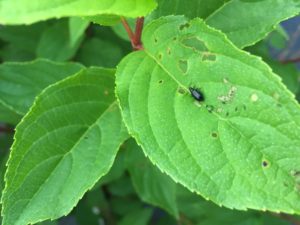
Adapted from original content by Danny Lauderdale. Several growers have reported red headed flea beetle adults on plants that …
This factsheet summarizes the symptoms and management of stubby-root nematodes in soybean in North Carolina.
Lance nematode is not a common problem of soybeans, but can cause local damages in …
The reniform nematode is not a common nematode pressure for soybean growers in North Carolina, …

This soybean disease factsheet covers aerial web blight, a generally minor disease of soybean in …
This factsheet discusses bacterial blight of soybean in North Carolina.
The symptoms and management of white mold, an important cause of yield loss in soybean …
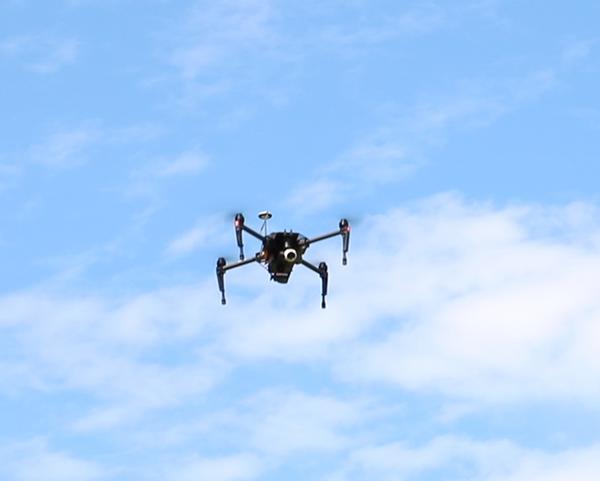
This publication discusses flying unmanned aerial vehicles (drones, model aircraft) for commercial purposes. You'll learn …
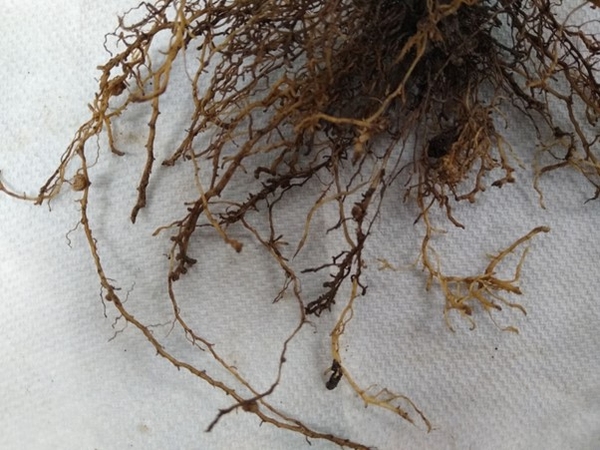
This soybean diseases factsheet discusses sting nematodes, a minor pest of soybean in North Carolina.